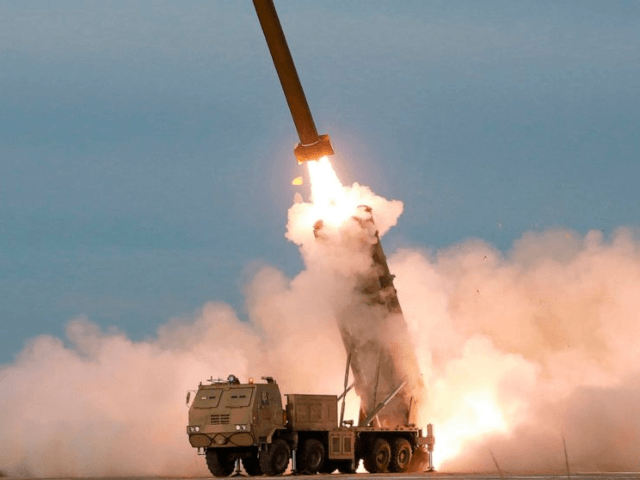Japan has halted the deployment of a U.S. missile defense system on its shores, citing unexpected costs and logistic difficulties, Japan’s Defense Minister Taro Kono said on Monday, the Nikkei Asian Review reported.
“When considering the costs and the time frame, we have no choice but to decide it was not logical” to continue under the original schedule, Kono told reporters. He added that the Defense Ministry will submit a report to Japan’s National Security Council (NSC) soon to formally suspend the program.
The U.S. State Department approved the sale of two Lockheed Martin-made defense systems to Japan in January. At the time, the Aegis Ashore batteries were estimated to cost $2.15 billion in total. Japan says that subsequent issues have raised the estimated cost of operating the system for the proposed 30 years to over $4 billion. The project was widely viewed as a symbol of the strengthening political and military alliance between the U.S. and Japan.
The Aegis Ashore system would have provided the island nation with a third layer of defense from missile attacks, a real threat posed by nearby aggressor North Korea. According to the report, Japan’s current missile defense system consists of a “two-tier” approach. The first line of defense is provided by a ship-based Aegis system, which is meant to shoot down missiles while they are still in the “post-boost” flight phase.
The second line of defense comes from a land-based “Patriot system” which aims to destroy any incoming missiles while they are in the “re-entry” flight phase. The U.S.-developed system would have added a third tier to the current defense setup, in which any missiles that got past the ships would be shot down by a land-based Aegis.
The Aegis Ashore system was advertised to Japan as a way to alleviate the burden currently borne by its ship-based defense system. According to the Nikkei, Japan had initially planned to rely on this system almost entirely, constantly rotating eight Aegis-equipped ships to defend against possible missile attacks.
The proposed land-based system would have been installed at two designated sites in Japan, with one battery placed on its eastern shore and another on its western shore, according to the report. However, Japan said logistical problems related to the proposed installation sites, including major land adjustments needed to ensure the safety of nearby residential communities from the operations, had significantly increased costs by “billions of yen.”
“For now, we will continue to rely on Aegis-equipped destroyers” for missile protection, Kono told reporters at Monday’s press briefing. “Afterward, I will consider our options through the NSC,” the Defense Minister added.

COMMENTS
Please let us know if you're having issues with commenting.